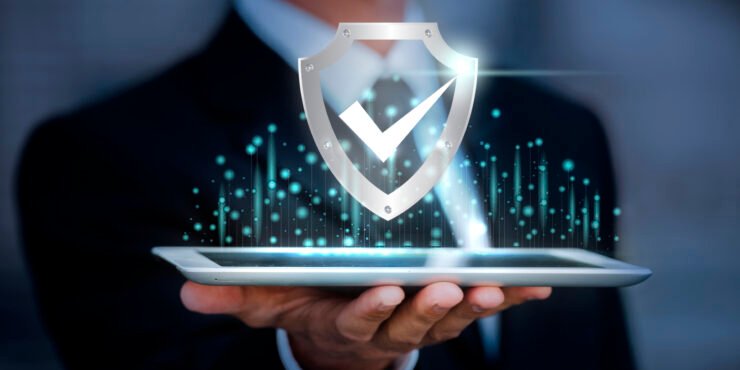Guarding Your Identity: Effective Strategies for Identity Theft Prevention
Identity theft is a pervasive and costly crime that can have devastating consequences for victims, ranging from financial loss to reputational damage. Protecting yourself against identity theft requires vigilance and proactive measures to safeguard your personal information and mitigate the risk of falling victim to cybercriminals. In this blog post, we’ll explore some effective strategies for identity theft prevention to help you keep your identity safe in today’s digital world. 1. Secure Your Personal Information Safeguarding your personal information is the first line of defense against identity theft. Be cautious about sharing sensitive data such as your Social Security number, driver’s license number, and financial account information, especially online or over the phone. Only provide this information to trusted sources and avoid sharing it on social media or other public platforms. 2. Monitor Your Financial Accounts Regularly monitoring your financial accounts for suspicious activity is essential for detecting signs of identity theft early on. Review your bank statements, credit card statements, and credit reports regularly for unauthorized transactions or accounts that you don’t recognize. Report any discrepancies to your financial institution immediately and take steps to secure your accounts. 3. Use Strong, Unique Passwords Creating strong, unique passwords for your online accounts is crucial for preventing unauthorized access to your personal information. Avoid using easily guessable passwords like “password123” or common phrases. Instead, use complex combinations of letters, numbers, and special characters, and consider using a password manager to securely store and manage your passwords. 4. Enable Two-Factor Authentication (2FA) Two-factor authentication adds an extra layer of security to your accounts by requiring a second form of verification, such as a code sent to your mobile device or generated by an authenticator app. Enable 2FA wherever possible, especially for accounts that contain sensitive information, to make it harder for cybercriminals to gain access to your accounts. 5. Be Wary of Phishing Scams Phishing scams are a common tactic used by identity thieves to trick individuals into revealing sensitive information or downloading malware. Be cautious when clicking on links or downloading attachments from unsolicited emails, and never provide personal or financial information in response to requests from unknown or untrusted sources. Look out for red flags such as misspelled URLs, generic greetings, and urgent requests for action. 6. Shred Sensitive Documents Dispose of sensitive documents such as bank statements, credit card offers, and tax documents securely by shredding them before discarding them. Identity thieves may sift through trash bins in search of documents containing personal information, so shredding documents containing sensitive information is an important precautionary measure. 7. Protect Your Social Security Number Your Social Security number is a valuable target for identity thieves, as it can be used to open new accounts, apply for credit, and file fraudulent tax returns in your name. Keep your Social Security number secure and only provide it when absolutely necessary. Avoid carrying your Social Security card in your wallet and refrain from sharing it unnecessarily. 8. Stay Informed and Educated Staying informed about the latest identity theft trends and scams is crucial for protecting yourself against this ever-evolving threat. Keep up to date with news and alerts from reputable sources, and educate yourself about common identity theft tactics and how to recognize and respond to them. By staying vigilant and proactive, you can reduce the risk of falling victim to identity theft and safeguard your identity and financial well-being. In conclusion, identity theft prevention requires a combination of caution, vigilance, and proactive measures to safeguard your personal information and mitigate the risk of falling victim to cybercriminals. By implementing these effective strategies for identity theft prevention and staying informed about emerging threats, you can protect yourself against this pervasive and costly crime and enjoy greater peace of mind in your daily interactions online and offline.
Explore More




